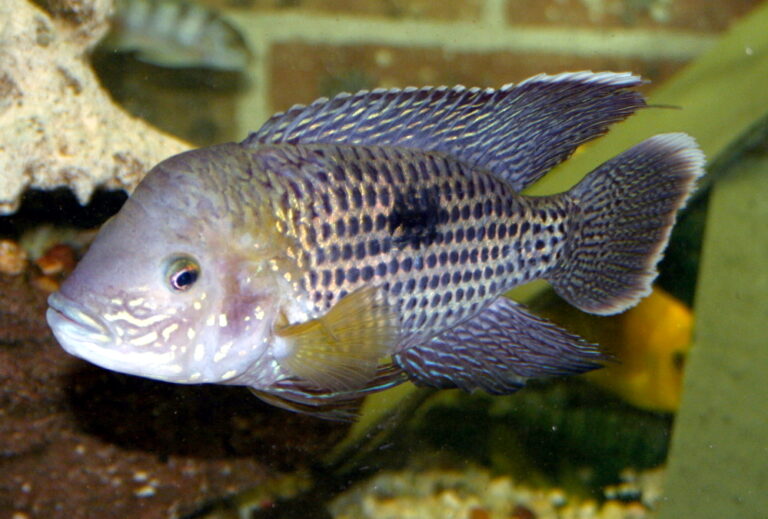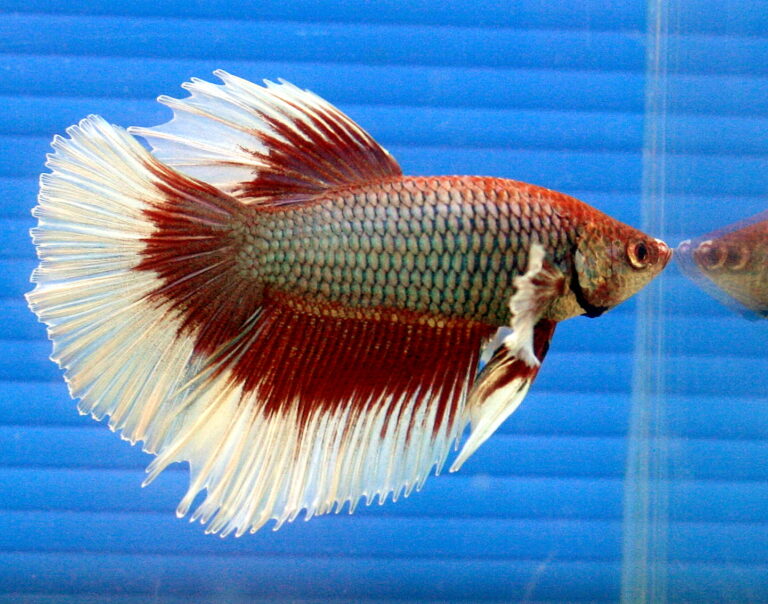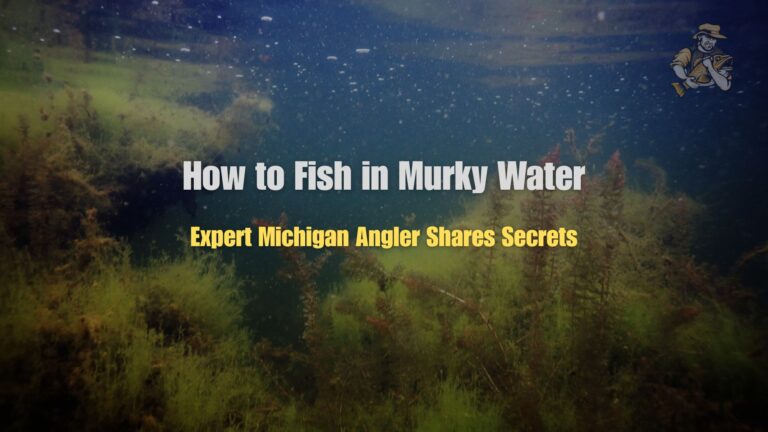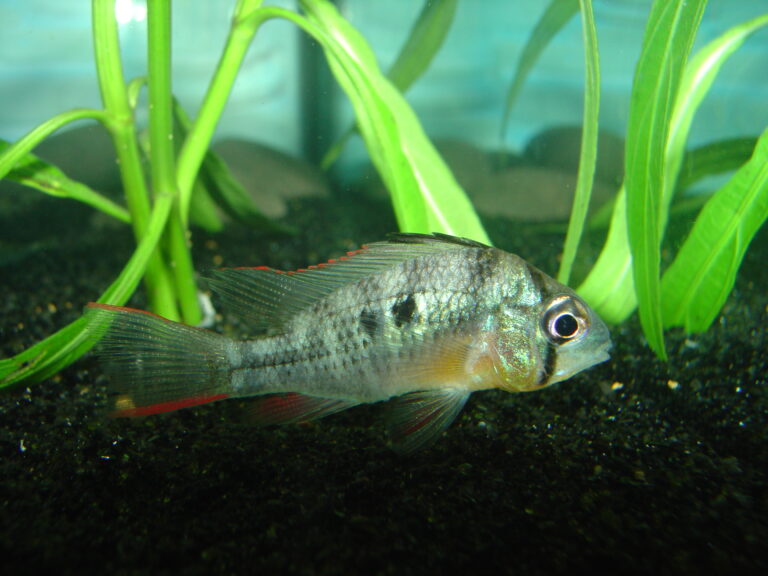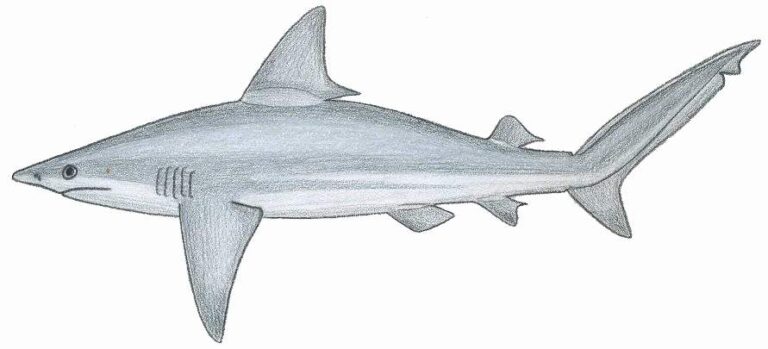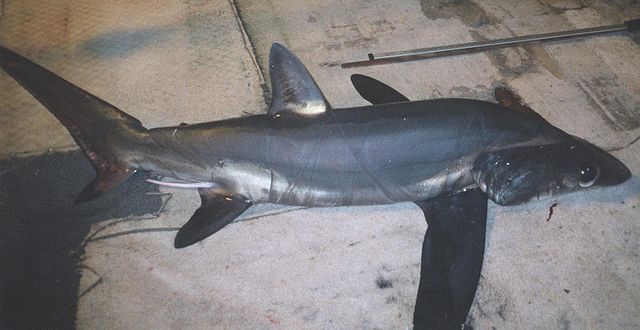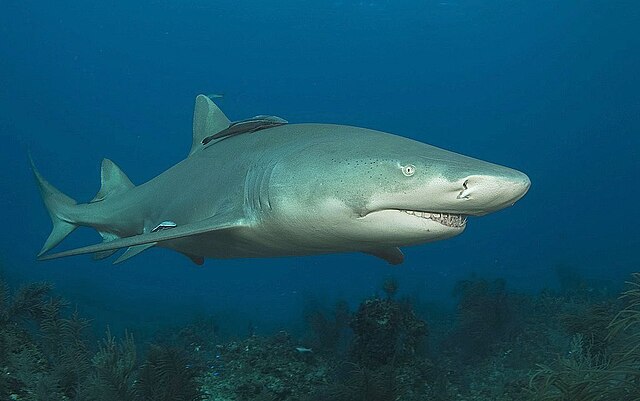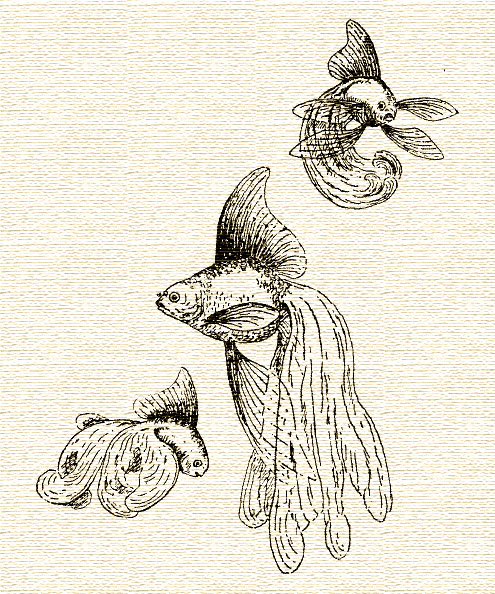Best Fishing Lures for Walleye: Pro Secrets You Won’t Believe
By Adam Hawthorne | Last Modified: May 6, 2025

Let me tell you something about walleye fishing that most anglers get completely wrong. After 30+ years of chasing these marble-eyed predators across the Great Lakes region, I’ve learned that lure selection is only half the battle. The other half? It’s knowing exactly when and how to use each lure.
I’ve spent countless dawn mornings on Lake Erie when the water was glass-smooth and watched “expert” anglers beside me struggle with sophisticated setups while I filled my limit using a simple jig. Why? Because they were using excellent lures at exactly the wrong time.
The Truth About Walleye Lure Selection
Most walleye articles regurgitate the same tired advice about using jigs, crankbaits, and spinners. Yes, those all work. But what they don’t tell you is when to switch between them and why some presentations drastically outperform others in specific conditions.
I learned this lesson the hard way back in 2018 on Saginaw Bay. My fishing buddy Dave (who guides walleye trips professionally) and I were using identical boats, identical electronics, and fishing the same general area. He caught 17 walleye that morning. I caught 3. The only difference? His subtle adjustments to his jigging cadence and his willingness to switch lures when conditions changed mid-morning.
When selecting the best walleye lures, you need to consider:
- Water clarity (clear vs. stained vs. murky)
- Light conditions (bright sun, overcast, dawn/dusk)
- Water temperature (affects walleye metabolism and activity)
- Forage base (what are walleye actually feeding on locally?)
- Fishing pressure (heavily pressured walleye get conditioned to popular lures)
Understanding these factors will help you choose not just a good walleye lure, but the right lure for the specific conditions you’re facing.
Understanding Walleye Behavior Is Key
Before diving into specific lures, you need to understand that walleye are ambush predators with excellent low-light vision. They typically feed most actively during:
- Dawn and dusk transitions
- Overcast days
- Night (especially during summer)
- Areas with current that delivers food to them
They’re also notoriously finnicky. A lure that slays them one day might get completely ignored the next. I’ve had days on Lake St. Clair where we hammered walleye on purple jerkbaits, then returned the next day with identical conditions only to get skunked until switching to gold spinners.
This inconsistency drives many anglers crazy. The secret is having a systematic approach to finding what’s working today, not what worked yesterday.
1. Jigs: The Versatile Workhorse for Walleye
If I could only use one lure type for walleye fishing for the rest of my life, it would absolutely be a jig. Nothing matches its versatility. But there’s a world of difference between using jigs effectively and just dragging them around hoping for a bite.
The most productive jig setups for walleye include:
Jig and Minnow Combo This classic presentation remains deadly effective. I typically use a 1/8 to 3/8 oz jig head depending on depth and current, tipped with a lively minnow hooked through the lips. The key that many anglers miss is matching jig weight to conditions precisely – too heavy and you’ll drag through prime strike zones too quickly; too light and you won’t maintain bottom contact.
My neighbor Rick swears by ultra-light 1/16 oz jigs even in deeper water, but I think that’s mostly because he has more patience than me. I need to feel that bottom contact to stay confident in my presentation.
Jig and Soft Plastic When minnows aren’t available or I’m covering water quickly, I’ll switch to 3-4″ soft plastic grubs, swimbaits, or paddle tails. The Berkley PowerBait Ripple Shad in pearl white or chartreuse has been absolutely deadly for me, especially when walleye are feeding on small baitfish.
The unconventional approach that’s been working for me lately: Rather than the typical steady jigging motion, I’ve been having tremendous success with what I call the “dead drop” technique. Cast out, let the jig hit bottom, then do absolutely nothing for 5-10 seconds. Then, one tiny hop followed by another long pause. It’s mind-numbingly boring but has produced some of my biggest walleye in the last two years when traditional jigging failed.
My Personal Jig Setup
My go-to walleye jigging setup isn’t fancy:
- 6’6″ medium-light spinning rod with a fast tip
- 2500-size reel spooled with 8-10lb fluorocarbon
- 1/4 oz round jig heads in chartreuse, orange, and black
- 3″ paddle tail soft plastics in natural baitfish colors
I know many serious walleye anglers who use much more sophisticated gear, but this simple setup has put hundreds of walleye in my boat. I used to use braided line exclusively, but I’ve found that in clear water, fluorocarbon gives me about 20-30% more bites. The difference is substantial.
2. Crankbaits: Covering Water Effectively
When walleye are scattered or I need to cover a lot of water, crankbaits become my go-to choice. The right crankbait can trigger reaction strikes even when walleye aren’t actively feeding.
The most effective walleye crankbaits in my experience:
Rapala Shad Rap This lure has probably caught more walleye than any other crankbait ever made. The tight wobble and excellent action at slow speeds make it especially effective in cool water conditions. Size #5 and #7 in perch, glass blue minnow, or purpledescent have consistently produced for me.
I’ve found that Shad Raps significantly outperform other similar crankbaits when water temps are below 55°F. Above that, the difference isn’t as noticeable.
Berkley Flicker Shad This might be controversial, but I actually prefer the Flicker Shad to the Shad Rap in many situations, especially when trolling. The slightly wider wobble seems to trigger more reaction strikes in neutral fish. The #5 and #7 sizes in purple tiger and slick perch have been my most consistent producers.
Bandit Walleye Deep When walleye are holding deeper than 15 feet, the Bandit Walleye Deep cranks are tough to beat. They dive quickly and maintain their action at higher trolling speeds than many competitors. Chrome blue, natural perch, and bubblegum colors have all produced well for me in deeper, clearer water.
Trolling vs. Casting Crankbaits
I’m primarily a casting angler, but I won’t hesitate to troll when conditions warrant it. Here’s how I decide:
- Trolling: When walleye are spread out, holding in open water, or when I’m searching for active fish
- Casting: When fish are concentrated in a specific area, relating to distinct structure, or when a more finesse presentation is needed
When casting crankbaits, I almost always use a stop-and-go retrieve, with the stop being just long enough for the lure to start floating upward. This pause often triggers strikes from following walleye.
Last July, I was fishing with Tommy on Lake Huron near Alpena when we discovered something odd – walleye were absolutely crushing crankbaits retrieved at a snail’s pace with frequent 5-second pauses, but completely ignoring the same lures worked at normal speeds. We limited out in under two hours once we figured out this painfully slow retrieve pattern.
3. Spinner Rigs: The Forgotten Producers
Spinner rigs (sometimes called crawler harnesses) might seem old-school, but they remain one of the most productive walleye presentations, especially during summer months.
A basic spinner rig consists of:
- Single hook or multi-hook harness
- Colorado, Indiana, or willow leaf blade
- Colorful beads for attraction
- Usually tipped with a nightcrawler, leech, or minnow
What most anglers get wrong with spinner rigs is blade selection. The three main blade types perform very differently:
Colorado blades produce more vibration and work better in stained water or low light Indiana blades offer a middle ground of flash and vibration Willow leaf blades create more flash than vibration and excel in clear water
I’ve found that Colorado blades consistently outproduce the others in water with less than 3 feet of visibility, while willow blades dominate in water with 6+ feet of visibility. Indiana blades are my “when in doubt” option.
My Homemade Spinner Rig Secret
I started making my own spinner rigs about 15 years ago after getting tired of paying $5+ for commercial options. My homemade rigs have a few key differences that I believe make them more effective:
- I use slightly thinner wire (0.020″ vs. the standard 0.025″), which allows for more natural movement
- I add a small plastic bead just behind the blade to prevent it from binding against the clevis
- I use 2-3 smaller beads rather than 1-2 larger ones, which creates a more subtle “clicking” sound when they contact each other
The color combination that’s been absolutely deadly for me is a copper/gold blade with a mix of chartreuse and orange beads. This shouldn’t work according to conventional wisdom (which says match clear water with silver/blue and stained water with gold/orange), but it flat-out produces in almost any condition on my home waters.
4. Jigging Raps: The Vertical Jigging Revolution
For many years, I dismissed Jigging Raps as ice fishing lures only. That changed dramatically after a trip to Lake Winnebago with my brother-in-law Paul. He absolutely destroyed me using Jigging Raps while I struggled with traditional jigs. Since then, they’ve become a permanent addition to my walleye arsenal.
Jigging Raps and similar vertical jigging minnows work because:
- They have an erratic, darting action unlike any other lure
- They can be fished very precisely in relation to structure
- The distinctive “circle” swimming pattern triggers reaction strikes
- They can be effective in both shallow and deep water
The key to fishing Jigging Raps effectively is a rod with a sensitive tip but substantial backbone. I use a 6’6″ medium power, extra-fast action rod specifically for this technique. The quick tip detects subtle bites, while the stronger backbone drives hooks home effectively.
My retrieval cadence with Jigging Raps typically involves a sharp 1-2 foot upward snap followed by a controlled fall on slack line. I watch my line during the fall – most strikes come as the lure is fluttering downward. If I don’t get bit after 5-10 snaps, I’ll move locations rather than continuing in the same spot.
Last October, I was fishing a steep break on Mullett Lake when conventional jigs and minnows produced nothing for nearly two hours. Out of frustration, I tied on a #7 Jigging Rap in white/blue. First drop, wham! A 22-inch walleye. I proceeded to catch 11 more walleye from the exact same spot where traditional jigs had failed completely.
Less Common Lures That Occasionally Outshine Everything Else
The following lures aren’t typically associated with walleye fishing, but in specific situations, they can be absolutely deadly.
Lipless Crankbaits
When walleye are actively feeding on large schools of baitfish in shallow water (particularly in fall), lipless cranks like the Rat-L-Trap or Rippin’ Rap can produce spectacular results. The combination of sound, vibration, and flash seems to trigger aggressive reaction strikes.
I discovered this pattern by accident four years ago while bass fishing on Lake St. Clair. I was throwing a 1/2 oz silver/blue Rat-L-Trap around weed edges for smallmouth when I caught three walleye in five casts. I switched my other rod to a similar lure, and we proceeded to catch walleye after walleye all afternoon.
The most effective retrieval has been a moderate steady retrieve with occasional “rips” where I sharply snap the rod tip upward about a foot. Most strikes come immediately after this ripping action.
Swimbaits
Large (4-5″) paddle tail swimbaits on a 1/4 to 3/8 oz jighead can be tremendously effective for targeting bigger walleye, especially in river systems. The key is using a swimming retrieve that keeps the lure in the strike zone longer.
My neighbor Tom started outfishing me regularly using this method on the Detroit River. His approach is to cast slightly upstream, let the swimbait sink to the desired depth, then retrieve just fast enough to keep the tail kicking while maintaining bottom contact.
White, pearl, and natural shad colors have been most productive for this method. This approach shines when walleye are feeding on larger baitfish like shad or alewives.
Seasonal Patterns and Lure Selection
Walleye preferences change dramatically throughout the year. Here’s a simplified guide to what tends to work best in each season:
Spring (Pre-spawn and Spawn)
During the pre-spawn period (water temps 38-45°F), walleye tend to be most aggressive. This is when larger minnow-imitating lures like jerkbaits and larger stickbaits shine. I’ve had tremendous success with suspending jerkbaits like the Husky Jerk in shallow water during spring.
When walleye are actively spawning, I generally leave them alone to do their thing. In post-spawn (water temps 48-55°F), they’re often lethargic and respond best to slower presentations like lightly jiggling a jig and minnow combo nearly in place.
Summer
As water temperatures climb above 65°F, walleye often move deeper or become more nocturnal. This is when trolling crankbaits at dawn/dusk or nighttime becomes extremely effective. Spinner rigs tipped with nightcrawlers are at their peak effectiveness during summer months.
During midday summer fishing, deeper structure becomes critical. I focus on main-lake points, humps, and breaks in 15-30 feet of water. Bottom bouncers with spinner rigs or deep-diving crankbaits produce consistently in these scenarios.
Fall
Fall creates some of the best walleye fishing of the year as they feed heavily before winter. In early fall, I’ve had great success with larger minnow-imitating lures like Rogues and Husky Jerks. As water continues to cool, jigging with minnows becomes increasingly effective.
One fall pattern that many anglers miss is the “fall suspended” pattern. In late October and November, walleye will often suspend over deep water, following baitfish schools. Trolling with lead core line or snap-jigging Jigging Raps at these suspended depths can produce tremendous catches when others are struggling to locate fish.
When to Throw Traditional Wisdom Out the Window
There are days when traditional approaches simply won’t produce, and you need to think outside the box. Some of my most productive days have come from trying unconventional methods when nothing else was working.
During a frustrating August trip on Saginaw Bay two summers ago, we couldn’t buy a bite on traditional walleye lures. Out of desperation, I tied on a 3/8 oz white marabou jig (typically used for crappie) and immediately started catching keeper walleye. We ended up limiting out using what was essentially an oversized crappie jig.
Another time on Lake Superior near the Keweenaw Peninsula, walleye were completely ignoring our well-presented jigs, crankbaits, and spinner rigs. My fishing partner that day, a local named Mike, suggested we try casting small inline spinners (like Mepps #3) normally used for trout. That unconventional approach saved what would have been a skunk day.
The point is: when conventional approaches fail repeatedly, try something radically different rather than making minor adjustments to techniques that clearly aren’t working. The “crazy” approach that friends will laugh at might just be your secret weapon.
The Unconventional Approach That Changed My Walleye Fishing
About five years ago, I was introduced to a technique by an old-timer on Lake Erie that seemed ridiculous at first but has since become one of my most reliable approaches in tough conditions.
He called it the “snap-drop-drag” technique, using a simple 3/8 oz jig head with a 4″ soft plastic minnow. The retrieve goes like this:
- Cast out and let the jig hit bottom
- Sharp 2-foot upward snap of the rod tip
- Follow the lure down on slack line
- Once it hits bottom, slowly drag it about 1 foot
- Pause for 3-5 seconds
- Repeat
The combination of the aggressive snap followed by the subtle drag seemed to trigger walleye that wouldn’t respond to traditional jigging. It’s particularly effective in stained water or low light conditions.
I was skeptical until I watched this 70-year-old man in an ancient aluminum boat catch fish after fish while hi-tech boats all around us struggled. Sometimes the old ways really are the best ways.
Lure Colors: More Important Than You Think
Walleye anglers tend to fall into two camps regarding lure color: those who think it’s critically important and those who think it doesn’t matter at all. After decades of experimentation, I’ve landed somewhere in the middle.
Here’s what I’ve found to be consistently true:
- In clear water (6+ feet visibility), natural colors like silver, white, blue, and perch patterns tend to outperform bright colors
- In stained water (2-5 feet visibility), chartreuse, orange, and gold/copper tend to produce better
- In dirty water (less than 2 feet visibility), black, purple, or high-contrast color combinations tend to work best
But there are always exceptions. I’ve had days where pink – yes, bright pink – outproduced everything else in gin-clear water against all conventional wisdom. That’s why I always carry a variety of colors and never get too locked into theories about what “should” work.
One approach that’s served me well is starting with natural colors in clear conditions and bright colors in stained conditions, but being willing to experiment wildly if those aren’t producing.
FAQs About Walleye Lures
What’s the single best lure for walleye if you could only use one?
If limited to just one lure for all conditions, I’d choose a 1/4 oz jig head in chartreuse with a 3-4″ paddle tail soft plastic in a natural baitfish color. This combination offers versatility across depths, seasons, and water conditions. a guide for Michigan DNR’s walleye management confirms that jigs consistently rank among the most versatile and productive walleye lures across various environments.
Are expensive walleye lures worth the money?
In my experience, mid-priced lures ($7-12) typically offer the best value. The ultra-budget options under $5 often lack the quality components, especially hooks and split rings, that directly impact hookup rates. However, I’ve rarely found $20+ “premium” lures to perform significantly better than quality mid-range options. There are exceptions for specialized techniques, but for most anglers, mid-priced lures from reputable manufacturers provide the best performance-to-cost ratio.
Should I use scented lures for walleye?
Scent can definitely make a difference, especially when walleye are in a neutral or negative mood. I’ve conducted side-by-side tests with scented vs. unscented soft plastics of identical color and style, and the scented versions consistently outperform by 15-30% in terms of bites. The difference becomes even more pronounced in stained water or during cold fronts. Leading walleye tournament results frequently show scented baits dominating in tough conditions.
What line should I use with walleye lures?
Line choice significantly impacts walleye success. For most jigging applications, I use 8-10lb fluorocarbon for its low visibility and good sensitivity. When trolling or fishing around structure, I’ll switch to 10-14lb braided line with a fluorocarbon leader. The controversy around line visibility continues among serious walleye anglers, but my personal catch rates improved noticeably after switching from straight braid to fluorocarbon leaders in clear water situations.
Final Thoughts on Walleye Lures
After more than three decades chasing marble-eyes across the Great Lakes region, I’ve learned that successful walleye fishing isn’t about having every lure on the market – it’s about carrying a strategic selection and knowing precisely when and how to use each one.
The best anglers I know carry relatively few lures but understand exactly how to present them effectively across various conditions. My own walleye box has shrunk over the years as I’ve eliminated the gimmicky lures that rarely produce and focused on mastering the presentations that consistently work.
Regardless of which lures you choose, remember that presentation is often more important than selection. A perfectly chosen lure fished incorrectly will almost always produce fewer fish than a decent lure presented perfectly.
Don’t get discouraged when the bite is tough. Those challenging days when you have to work for every fish often teach you more than the easy days when walleye seem to hit anything. My most productive patterns have almost all been discovered during difficult fishing conditions when necessity forced experimentation.
And finally, don’t be afraid to try something completely unconventional when traditional approaches fail. Those “crazy” techniques that experienced anglers might scoff at could become your secret weapon on tough days. That pink Jigging Rap that my fishing buddies still mock me for carrying has saved more than one difficult trip over the years.
Good luck, and remember – the best walleye lure isn’t the one that looks best in the tackle shop, but the one that’s in the water when a hungry walleye swims by.

Meet Adam Hawthorne
I’m a lifelong fishing enthusiast who’s spent years exploring rivers, lakes, and oceans with a rod in hand. At Fishing Titan, I share hands-on tips, honest gear reviews, and everything I’ve learned about fish and ocean life, so you can fish smarter and enjoy every cast.
Share:

Meet Adam Hawthorne
I’m a lifelong fishing enthusiast who’s spent years exploring rivers, lakes, and oceans with a rod in hand. At Fishing Titan, I share hands-on tips, honest gear reviews, and everything I’ve learned about fish and ocean life, so you can fish smarter and enjoy every cast.
Related Articles
-
Green Terror Cichlid
The Green Terror Cichlid stands as one of South America’s most formidable and visually striking freshwater fish species, commanding respect from aquarists and marine biologists…
-
Half Moon Betta
The Half Moon Betta (Betta splendens) represents one of the most distinctive and sought-after varieties within the Siamese fighting fish lineage. Distinguished by its semicircular…
-
How to Fish in Murky Water: Expert Michigan Angler Shares Secrets
Last Tuesday, I was standing knee-deep in chocolate-colored water where Kellogg Creek dumps into the Kalamazoo River. Water visibility: maybe 6 inches on a good…
-
Bolivian Ram
The Bolivian Ram (Mikrogeophagus altispinosus) stands as one of South America’s most captivating cichlid species, representing a prime example of adaptive evolution within the diverse…
Fish Species
-
Sandbar Shark
The Sandbar Shark (Carcharhinus plumbeus) stands as one of the most recognizable and ecologically significant members of the requiem shark family along temperate and tropical…
-
Bigeye Thresher Shark
The Bigeye Thresher Shark represents one of the ocean’s most extraordinary predators, distinguished by its dramatically elongated tail fin that can extend up to half…
-
Lemon Shark
The Lemon Shark (*Negaprion brevirostris*) represents one of the most scientifically studied and ecologically significant predators in coastal marine environments. This distinctive requiem shark, easily…
-
Veiltail Goldfish
The Veiltail Goldfish stands as one of the most distinctive and graceful varieties within the goldfish family, renowned for its characteristic flowing, gossamer-like tail fins…

